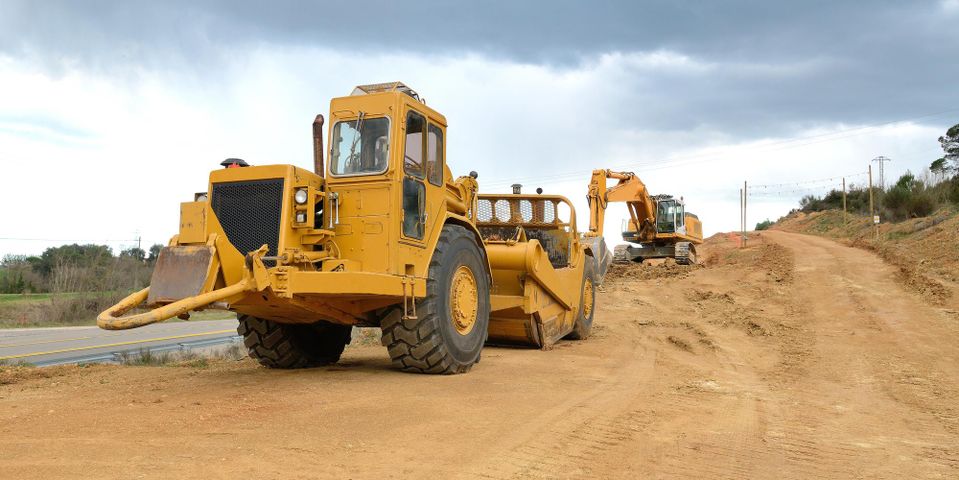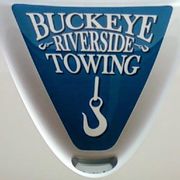5 Tips for Hauling Heavy Duty Construction Equipment

There’s extensive planning that goes into a successful construction project, but one aspect that is regularly overlooked is the heavy-duty towing needed to get the equipment to the job site. Any issues with this step of the process can delay the entire project. That’s why it’s so important to make sure your equipment is ready to be hauled by a towing company by doing the following tasks.
How to Prepare for Heavy-Duty Towing
1. Research Pick Up and Drop Off Locations
Heavy-duty towing companies have a variety of trailers available with a large inventory of towing accessories designed to safely transport your equipment, such as fasteners and proper signage. However, they won’t know what is needed until you provide thorough details of the pick-up and drop-off sites. Inspect both locations to understand the route being taken, the terrain at the two sites, and the distance traveled to ensure you get the right trailer and equipment.
2. Obtain Necessary Permits
 When transporting equipment over 102 inches wide, you’ll need to acquire an oversize trucking permit. Equipment this large can cause traffic problems because of their size, but this permit grants legal permission for it to be hauled on state highways and roads. Since the filing and processing can take some time, it’s important to fill out the permits early to ensure you have the required paperwork on the day of the hauling.
When transporting equipment over 102 inches wide, you’ll need to acquire an oversize trucking permit. Equipment this large can cause traffic problems because of their size, but this permit grants legal permission for it to be hauled on state highways and roads. Since the filing and processing can take some time, it’s important to fill out the permits early to ensure you have the required paperwork on the day of the hauling.
3. Avoid Wide Load Designation
Some of the largest pieces of industrial equipment require wide load designations because of their size, but other pieces can be loaded in a way that doesn’t require it, which can save you money on the haul. For cranes and lifts, remove booms and buckets to shorten their height and disassemble removable pieces and transport them separately to keep loads lighter.
4. Prepare the Equipment
If precautionary measures aren’t taken, the equipment can be damaged during a heavy-duty towing trip. Avoid this by wrapping any accessories that can be damaged in a protective wrap, then check knobs, nuts, and bolts for tightness, and latch or zip tie doors closed. It’s also recommended to remove the equipment’s battery to prevent it from potentially draining during the trip.
Check for chafing on hydraulic hoses since constant rubbing can cause a rupture, and make sure there are no visible signs of damage on any tie-down equipment like straps and chains. This is also a good time to document the current state of the equipment so you can check for damage after it’s hauled.
Get your construction equipment where it needs to be safely and efficiently with heavy-duty towing services from the experts at Buckeye Riverside Towing in Cincinnati, OH. They offer affordable towing services for both local and long-distance hauls, and they have both the experience and tools needed to ensure your equipment arrives at its destination in time to start your project on schedule. Schedule a pick-up by calling (513) 244-7200 or learn more about their services online.
About the Business
(7 reviews)
Have a question? Ask the experts!
Send your question

